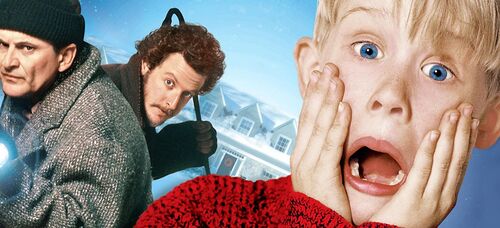
The Look of Silence: Review
 Innovative and infuriating; Joshua Oppenheimer's 2012 documentary, The Act of Killing, is one of the most powerful and disturbing films that I've ever seen. In the film, Oppenheimer introduced us to Anwar Congo, an Indonesian gangster turned mass- murderer, who became the leader of a death squad during the 1965 genocide of supposed 'communists' in Indonesia.
Innovative and infuriating; Joshua Oppenheimer's 2012 documentary, The Act of Killing, is one of the most powerful and disturbing films that I've ever seen. In the film, Oppenheimer introduced us to Anwar Congo, an Indonesian gangster turned mass- murderer, who became the leader of a death squad during the 1965 genocide of supposed 'communists' in Indonesia.
Given the opportunity to reenact the murders through any film genre they so choose, The Act of Killing offered a terrifying insight into the minds of the people who committed such atrocities. Forcing you to confront your own humanity, as well as the worst humanity has to offer, it's a film that has stayed with me long after watching it - for better or for worse.
The Look of Silence is a companion piece to Oppenheimer's Act of Killing, filmed during the time between the completion and release of the latter - mainly through fear of never being able to leave Indonesia alive after the first film's release.
Equally as angering, shocking and powerful as the previous film; The Look of Silence is a much more personal exploration into the events of 1965. Adi Rukun, an optometrist whose older brother was killed during the massacre, is at the centre the story.
After watching footage previously shot by Joshua, in which his brother's killers gleefully recount, in gory detail, how they went about murdering him; Adi is given the opportunity to meet the responsible people, and ask them about his brother's death.
In Adi, we have a lead protagonist that was sorely missing from The Act of Killing. A remarkable person, his quest in the film isn't for vengeance against those who destroyed his family, but rather for answers and accountability. It's his involvement in the film that makes it so emotionally accessible, and easier to connect to than Oppenheimer's previous work.
You can't help but feel for Adi as he's told time and time again that "the past is in the past" by those who ruined his parents' lives. You share in his frustrations as his search for some kind of acceptance from the killers, proves fruitless with each encounter. And perhaps more importantly, you can't help but admire and respect his calm when he's put in these situations.
His profession is important in both a practical and metaphorical way. Not only does the promise of a free eye test and glasses help in gaining access to the perpetrators, but it disarms them and protects Adi. In some instances, when things get tense, talk turns back to the glasses in an attempt to diffuse the situation - a bizarrely ingenious safety blanket in what is a very dangerous situation.
Much deeper than that though, Adi's work with sight can be seen as an analogy of his attempts to change the killer's perspective. As they discuss politics and the events of the massacre, Adi constantly asks if their vision is better or worse, as they try on different lenses. It's a question that takes on multiple meanings through the film.
The title itself seemingly stems from Adi's reaction to the footage he's shown by Joshua during the film. Adi watches on with reserve and implied detachment. There are no tears, nor words of anger in these scenes - just the sound of crickets and a piercing stare that in itself speaks volumes.
There are many times within the film where this happens - excruciatingly painful moments of silence when conversation comes to a stand still, and Adi locks stares with those he's questioning. These looks at each other speak louder than words and convey a multitude of emotions all at once, with uncomfortable, but moving effect.
What's particularly impressive about Oppenheimer's work, is how he manages to tell a much large story, on a small scale. Despite focusing on one family, The Look of Silence touches upon the wider political corruption and climate of fear that still runs rampant through Indonesia.
You get to see these lives of luxury which these criminals live, with lovely houses and Yamaha keyboards. When these individual glimpses are put together, they create a worrying portrait of life within in the country.
There's a fantastic scene in which Adi's son is being taught the victor's version of history in school. You can see the conflict within him as he is told stories (propaganda) of the evil and violent acts committed by the communists, whilst fully aware of his family history.
What will stay with me longer than anything else though, is how Joshua Oppenheimer drills right down to the core of what it is to be human. The light and dark side of human nature is looked at, with the film's primary focus remaining on the despicable acts that were committed in 1965, and how such traumatic events can effect a person.
But away from the evil and violence, there are scenes of love and tenderness that are genuinely beautiful. Whether it's Adi bathing his elderly father, or spending time with his children, The Look of Silence showcases the good in people, as well as the bad. Aided immeasurably by Lars Skree's stunning cinematography, The Look of Silence is unforgettable. It's disturbing, challenging, chilling, and touching on the deepest of levels. With both The Act of Killing and The Look of Silence, Oppenheimer has created a masterful body of work that is essential viewing. I can't wait to see what he does next.



